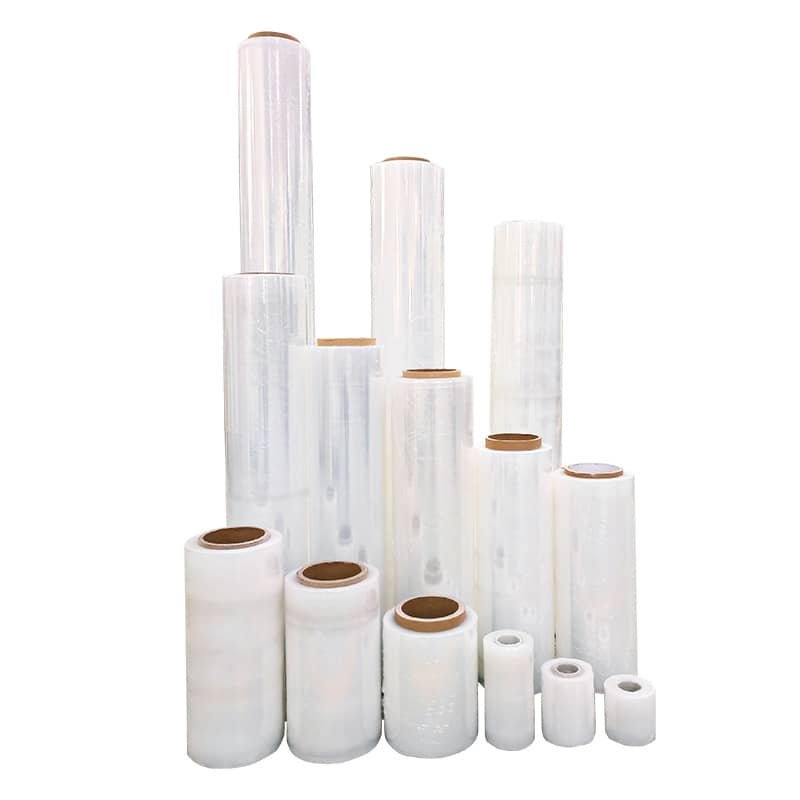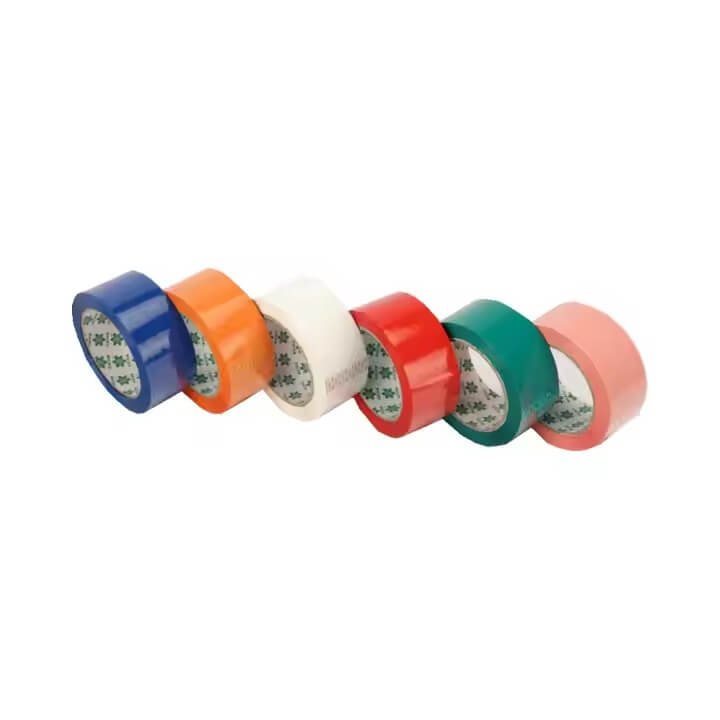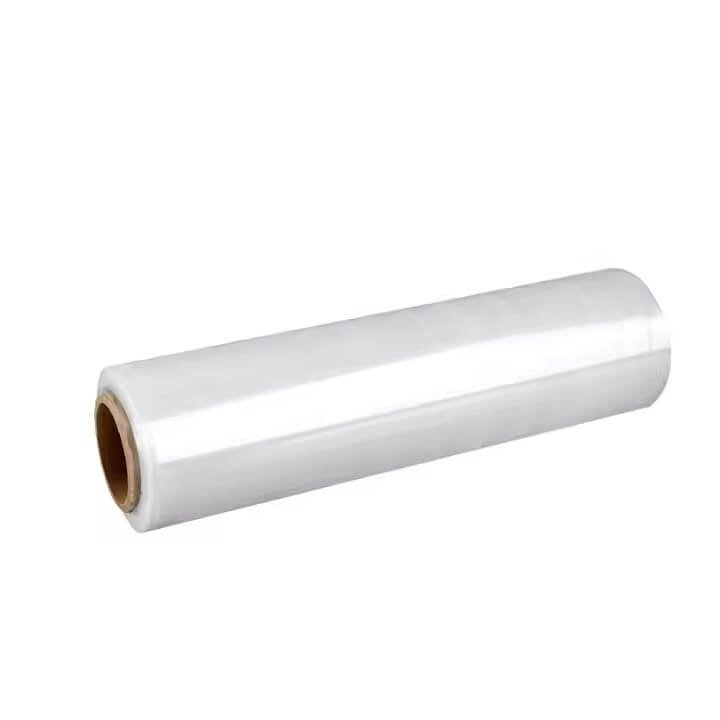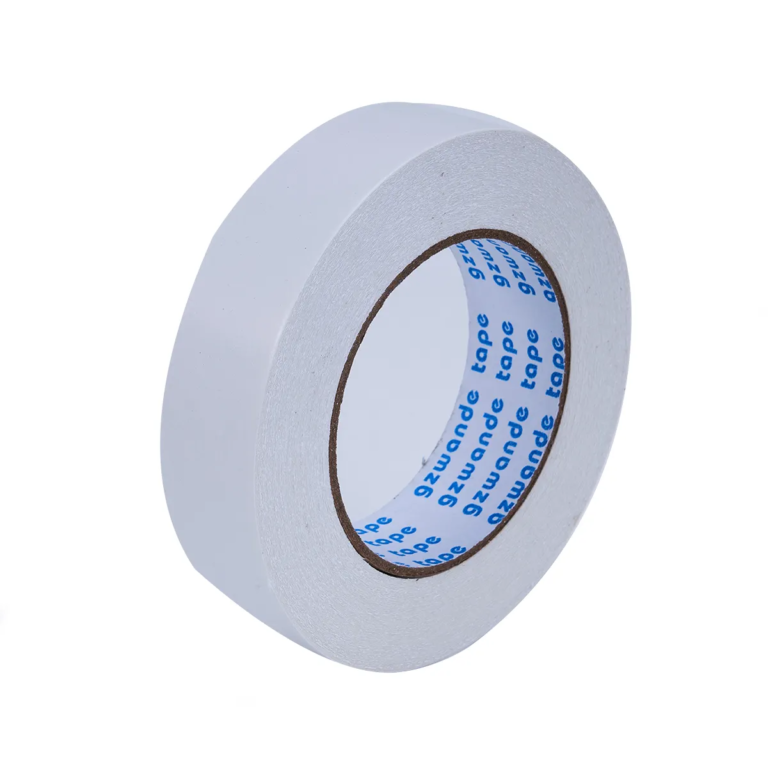Stretch vs Cling: The Difference
In our daily life, we often see PE stretch film and cling film. Many customers sometimes doubt whether PE stretch film can be replaced as cling film to wrap food. What an interesting question it is. Today I lead you to explore the truth of them.
Stretch film is also acknowledged as industrial cling film. This is because stretch film and cling film are made of the same material and have a similar appearance. Both are transparent looking films and both can be employed to wrapping items. As a result, many consumers do not have an in-depth understanding of PE stretch film and cling film. Actually, it’s normal not to be able to tell the difference between them. https://www.sohu.com/a/194429206_424690
 VS
VS
Material:
Stretch film: Usually made from linear low density polyethylene (LLDPE), stretch film is a strong, durable plastic designed to stretch and hold items together securely.
Cling Film: Typically made from polyvinyl chloride (PVC) or low-density polyethylene (LDPE), cling film is thinner, more flexible and has a stronger self-adhesion.
Thickness:
Stretch film:normally thicker than cling film, with a thickness range of 10 to 23 microns (for commercial use). This thickness provides durability and strength and is suitable for heavy duty.
Cling film: is thinner, typically between 8 and 15 microns thick. This makes it more flexible and ideal for food storage, but less durable for industrial use.
Stretchability:
Stretch film: is highly stretchable (up to 300% of its original length) and can wrap tightly around an object and hold it in place, even under pressure.
Cling film: whilst it does adhere well to surfaces, it is generally less elastic than stretch wrap. Its main characteristic is its ability to stick to itself rather than stretching as stretch wrap does.
Adhesion:
Stretch film: The film is self-adhesive, but relies primarily on tension (stretching) to maintain its shape. The adhesive quality is sufficient to hold the film to the object without the use of additional glue or fasteners.
Cling Film: Cling film is able to adhere to surfaces and itself due to its molecular properties, and does not require heat or the use of adhesives to adhere. It is mainly used for food storage and provides a sealing effect.
Strength and durability:
Stretch film: Designed to be strong and durable, stretch film meets the needs of securing heavy and bulky goods during transport and storage. It has good tear and puncture resistance.
Cling Film: Thinner and less durable, cling film is not as strong as stretch film and is not suitable for securing heavy loads or for industrial use. It tears and punctures more easily under pressure.
Usage:
Stretch film: it is mainly used in industrial and commercial applications to fix products, especially pallets for storage and transport. It is designed to stretch and hold loads in place.
Cling film: it is commonly used in the domestic environment to wrap food, cover containers and seal for freshness. It is suitable for short-term use and simple tasks.


Environmental protection and cost:
Since PE stretch film is industrial grade film, while cling film is food grade film. If PE stretch film is used directly to contact food, taking it for a long time will lead to food poisoning. Therefore, it is absolutely unscientific to use PE stretch film as cling film. Meanwhile, the price of stretch film is much higher than that of cling film. It is very unwise to use stretch film instead of cling film.
That’s it for today’s science. I’m sure now you understand the difference between them, don’t buy the wrong one next time.







